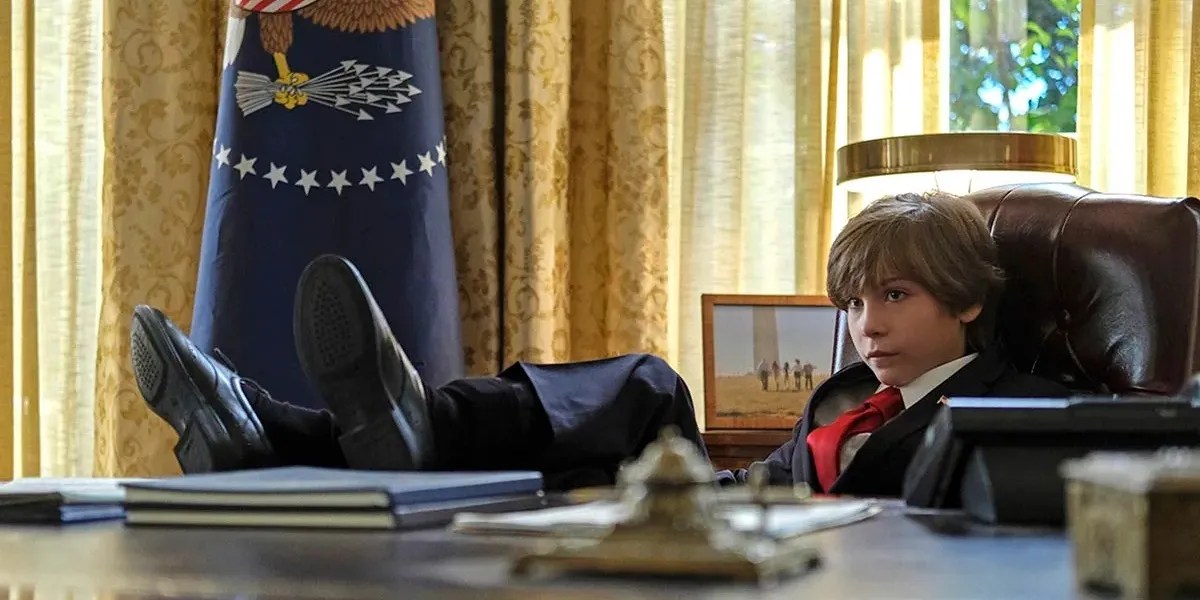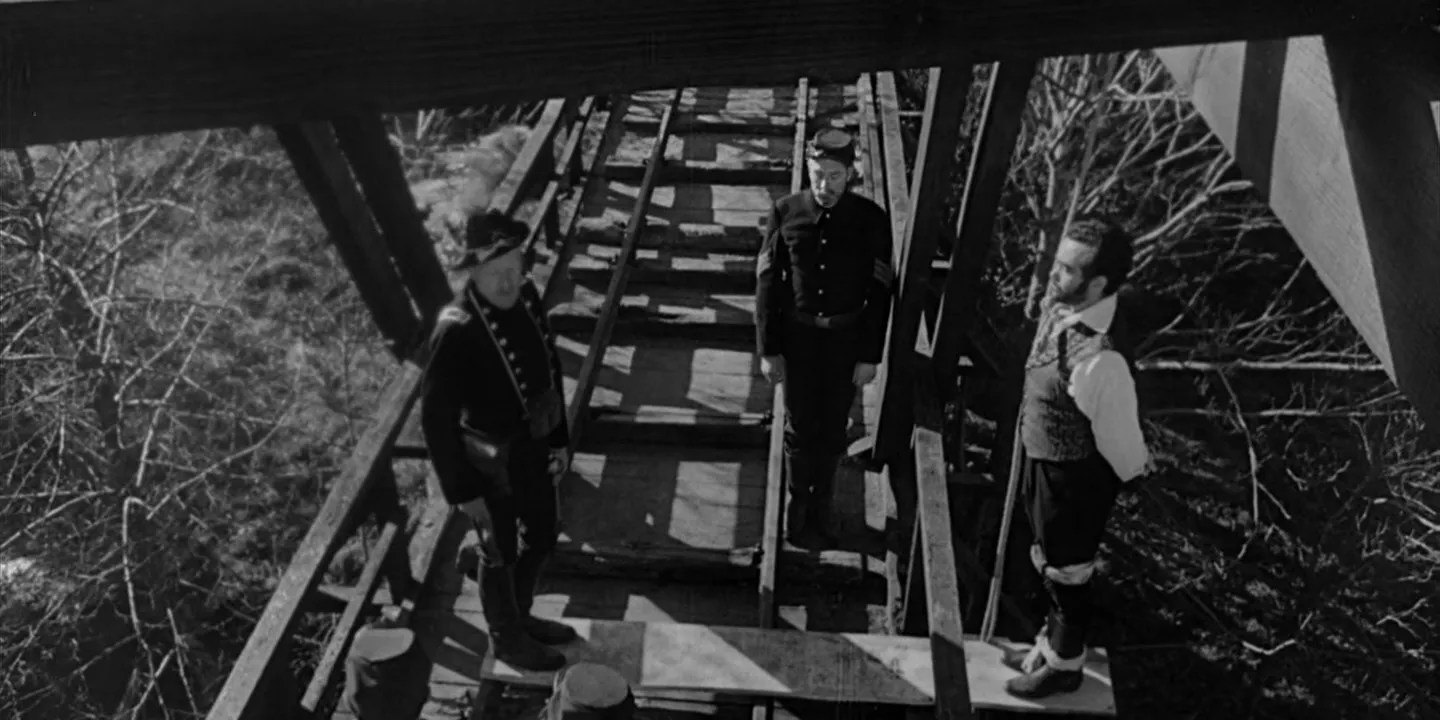Summary
However, while this approach was successful in dodging the censorship imposed by advertisers, neither Serling’s initial series nor the franchise that it spawned has ever been completely free of contentious moments. From tragic behind-the-scenes events to problematic storylines,The Twilight Zonehas been no stranger to controversy.
Updated July 31, 2025 by Stephen LaGioia:Rod Serling’s dynamic and imaginative TV series has proven its staying power, remaining a top draw for horror, sci-fi, and drama fans alike. It’s no surprise, given the detail and creativity of the anthology show, which was ahead of its time. It helped pave the way for several horror, sci-fi, fantasy, and otherwise ethereal-themed TV shows — many of which thrive today. Still, many find themselves returning to these distinct stories of human morality and mind-bending concepts from Serling. With this enticing boundary-pushing comes some inevitable controversy, though, for one reason or another. And as there are a few of these episodes yet untouched here, we decided to add to this list.

11The Toys of Caliban
Problematic Language Is Used To Describe The Disabled
Long beforeGame of Thronesmade George R.R. Martin a household name, several of the writer’s scripts were used inthe first television rebootofThe Twilight Zone. “The Toys of Caliban” is one such script. However, despite some memorably spooky scenes and a tragic ending, certain aspects of the episode have not aged well.
The episode revolves around Toby, a mentally disabled teenager who has the power to physically manifest any object that he sees an image of, from donuts to body parts. Much of the language used to describe Toby in the episode is now widely considered to be problematic, which has somewhat dated an otherwise intriguing episode. Ultimately, any controversy around “The Toys of Caliban” is the result of real-world social progress rather than any ill intention on Martin’s part, but the episode nonetheless leaves some modern viewers feeling uncomfortable.

10Time Out
An Actor & Two Child Actors Tragically Died In A Helicopter Crash During Filming
As a segment of1983’sTwilight Zone: The Movierather than an episode of any TV iteration, “Time Out” is something of a (dis)honorable mention, but its troubled production represents a controversial moment not only in terms ofThe Twilight Zonebut in the film-making world as a whole. The segment, which serves as a loose adaptation of 1961’s “Back There”, stars Vic Morrow as a bigoted man who is given a taste of his own medicine.
Tragically, Morrow and two child actors who had been hired illegally were killed when a helicopter crashed during filming. While the accident did lead to the implementation of better safety laws in Hollywood to prevent future tragedies, it generated an understandable amount of controversy, with lawsuits continuing for many years.

9The Wunderkind
A Clunky Satire Of Modern American Politics
Science fiction and fantasy stories have great potential to satirize the wilder parts of contemporary life, butgood satire requires a degree of subtletythat 2019’s “The Wunderkind” sorely lacks. Produced in response to Donald Trump’s presidency, the episode imagines a scenario in which a petulant child is elected to run the United States of America.The Twilight Zoneis capable of writing great stories about power-crazed children (such as 1961’s “It’s a Good Life”), but many viewers found this more recent effort to be just a little too on the nose.
Viewers from across the political spectrum were disappointed at the installment, with even those who agreed with its satirical angle finding it clunky. Nor was the resulting controversy enough to draw viewersen masseto Jordan Peele’s take onThe Twilight Zone; the CBS All Access series was quietly canned after two seasons and is currently unavailable on Paramount+.

8The Bewitchin' Pool
A Thin Plot & Reused Footage Makes For A Poor Episode
The initial iteration ofThe Twilight Zoneisstill remembered for iconic episodeslike “Time Enough at Last” and “The After Hours”, and part of the reason for its enduring success is the remarkable consistency demonstrated throughout the show’s five seasons. It’s unfortunate, then, that the show’s final episode, “The Bewitchin' Pool”, fails to stick the landing. Nominally a story about the impact of divorce on children, the episode is plagued by reused footage, poor dubbing, and a dangerously thin plot.
The result is a confusing mess that fails to honor the legacy of the groundbreaking show that it serves to conclude. “The Bewitchin' Pool” is not only a weak episode ofThe Twilight Zone; the fact that it forces the original series to end with a whimper rather than a bang makes it one of the most controversial in the anthology show’s canon.

7Black Leather Jackets
Aliens And Leather Apparently Go Together
While not exactly controversial in the topical, sociopolitical, or risque sense, “Black Leather Jackets” fromTwilight Zone’s final season was met with mixed reception, to say the least. Many regard this tale as a bit silly and simple, as it revolves around a few young leather-wearing bikers plotting to eliminate humankind. This plan is slowed upon one of them falling in love with a girl.
The kicker? These men happen to be aliens. Between the corny, stock premise involving evil aliens, and the lack of compelling moments — this is largely considered a rare dud from Serling. It does have a fairly heartfelt moment at its conclusion, but the journey to get to the particular message it sends isn’t quite worth it.

There are plenty of darker, more intense episodes ofThe Twilight Zone, and in fact, that’s part of the series' allure. Yet, “Death’s-Head Revisited” takes things to another level, honing in on the highly tragic crimes against humanity that was the Holocaust. The episode features an SS soldier revisiting a concentration camp, and finding the ghost of a tortured and killed prisoner.
What follows is a gripping (and satisfying) tale of retribution delivered by inmate Alfred Becker, joined by a dozen other deceased victims of the Nazi commander’s cruelty — as they put the man on trial. While justice is served, and the ending certainly pays off, the subject matter at large is touchy and sensitive, to say the least.

5An Occurrence At Owl Creek Bridge
An Intense Look At A Prisoner Of War’s Escape — That’s Actually A Short Film
This is a unique example of a controversial piece, as its mereexistenceas aTwilight Zoneepisodeis its main source of controversy — though honing in on a Confederate protagonist for its entire run is rather dicey, too. It’s also — put simply — a fairly bleak plot, with little redemption or food for thought.
In fact, “An Occurrence At Owl Creek Bridge” is actually a French short film from 1961, which Serling appropriates and works in as aTwilight Zoneepisode in its original form. The shift in style stands out, as the episode follows a prisoner — evading near-hanging from Union troops — in a wild escape that comes off like a fever dream.

There’s very little dialogue, with the increasingly surreal visuals and sound doing most of the storytelling. Still, it does have a tinge of that classicTwilight Zonevibe, between its jaw-dropping twist ending and generally trippy feel.
4The Chaser
A Non-Consensual Relationship Played For Laughs
Comedy is not only subjective but linked to prevailing social attitudes. The sentiment that “you couldn’t get away with writing this today” is common, but it may well be true in the case of “The Chaser”, in which a man (George Grizzard) uses a suspicious potion in order to trick a beautiful woman (Patricia Barry) into falling in love with him. This story is played for laughs, only to culminate in Grizzard’s character plotting to murder the woman of his dreams after she becomes annoyingly clingy.
On its initial broadcast, “The Chaser” wasa frivolous romantic comedy (albeit amusing at times)that boasted some impressive sets and some good performances. However, the passage of time has not been kind to the episode, as contemporary concerns about equitable relationships mean that Robert Presnell Jr.’s script comes off less like a comedy and more like a horror movie. Time, like love, makes fools of us all.

3The Mighty Casey
A Behind The Scenes Tragedy Plagues This Episode’s Production
As one ofThe Twilight Zone’s more humorous episodes, it may seem surprising that the otherwise innocuous “The Mighty Casey” could generate any significant controversy. However, while the lighthearted tale ofa robotic baseball playerwas all smiles in front of the camera, the situation behind the scenes was a different story.
McGarry, the owner of the baseball team, is played by Jack Warden in the broadcast episode, but this was not always the plan. Originally, the episode was shot with Paul Douglas playing McGarry. However, when Douglas passed away shortly after filming wrapped, Serling realized that he had captured the symptoms that would lead to Douglas' death on film. An uncomfortable Serling paid to have much of the episode reshot, and very little footage of Douglas made the final cut.
2The Big Tall Wish
An All-Black Cast In The 1960s Was Controversial During The Civil Rights Movement
Some episodes ofThe Twilight Zoneare controversial because changing societal attitudes have moved beyond negative tropes or behaviors, as in the case of episodes like “The Chaser”. However, other episodes were controversial because of their relatively progressive stances when they were initially broadcast. While an otherwise unremarkable episode fromthe anthology series' memorable first season, “The Big Tall Wish” is notable for its genuinely groundbreaking casting.
An all-black main cast for an episode may seem unremarkable in the 2020s, but such a casting decision was a controversial one during America’s Civil Rights Movement. However, as Serling himself pointed out, the most important thing is to cast talented actors, regardless of their skin color. “The Big Tall Wish” demonstrates that controversy can, in fact, be a positive thing, and shows the strides that society has made over the last six and a half decades.